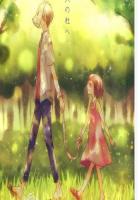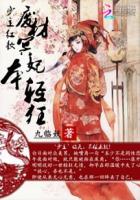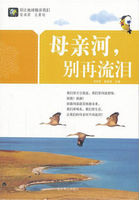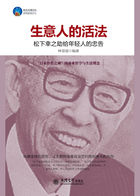All these had William Murdock's genius stamped upon them, by reason of their common-sense arrangements, which showed that he was one of those original thinkers who had the courage to break away from the trammels of traditional methods, and take short cuts to accomplish his objects by direct and simple means."We have another recollection of William Murdock, from one who knew him when a boy. This is the venerable Charles Manby, F.R.S., still honorary secretary of the Institute of Civil Engineers. He says (writing to us in September 1883), "I see from the public prints that you have been presiding at a meeting intended to do honour to the memory of William Murdock--a most worthy man and an old friend of mine. When he found me working the first slide valve ever introduced into an engine-building establishment at Horsley, he patted me on the head, and said to my father, 'Neighbour Manby, this is not the way to bring up a good workman --merely turning a handle, without any shoulder work.' He evidently did not anticipate any great results from my engineering education. But we all know what machine tools are doing now,--and where should we be without them?"Watt withdrew from the firm in 1800, on the expiry of his patent for the condensing steam-engine; but Boulton continued until the year 1809, when he died full of years and honours. Watt lived on until 1819. The last part of his life was the happiest. During the time that he was in the throes of his invention, he was very miserable, weighed down with dyspepsia and sick headaches. But after his patent had expired, he was able to retire with a moderate fortune, and began to enjoy life. Before, he had "cursed his inventions," now he could bless them. He was able to survey them, and find out what was right and what was wrong. He used his head and his hands in his private workshop, and found many means of employing both pleasantly. Murdock continued to be his fast friend, and they spent many agreeable hours together.
They made experiments and devised improvements in machines. Watt wished to make things more simple. He said to Murdock, "it is a great thing to know what to do without. We must have a book of blots--things to be scratched out." One of the most interesting schemes of Watt towards the end of his life was the contrivance of a sculpture-making machine; and he proceeded so far with it as to to able to present copies of busts to his friends as "the productions of a young artist just entering his eighty-third year." The machine, however, remained unfinished at his death, and the remarkable fact is that it was Watt's only unfinished work.
The principle of the machine was to carry a guide-point at one side over the bust or alto-relievo to be copied, and at the other side to carry a corresponding cutting-tool or drill over the alabaster, ivory, jet, or plaster of Paris to be executed. The machine worked, as it were, with two hands, the one feeling the pattern, the other cutting the material into the required form.
Many new alterations were necessary for carrying out this ingenious apparatus, and Murdock was always at hand to give his old friend and master his best assistance. We have seen many original letters from Watt to Murdock, asking for counsel and help. In one of these, written in 1808, Watt says: "I have revived an idea which, if it answers, will supersede the frame and upright spindle of the reducing machine, but more of this when we meet. Meanwhile it will be proper to adhere to the frame, etc., at present, until we see how the other alterations answer." In another he says: "I have done a Cicero without any plaits--the different segments meeting exactly. The fitting the drills into the spindle by a taper of 1 in 6 will do. They are perfectly stiff and will not unscrew easily. Four guide-pullies answer, but there must be a pair for the other end, and to work with a single hand, for the returning part is always cut upon some part or other of the frame."These letters are written sometimes in the morning, sometimes at noon, sometimes at night. There was a great deal of correspondence about "pullies," which did not seem to answer at first. "I have made the tablets," said Watt on one occasion, "slide more easily, and can counterbalance any part of their weight which may be necessary; but the first thing to try is the solidity of the machine, which cannot be done till the pullies are mounted." Then again: "The bust-making must be given up until we get a more solid frame. I have worked two days at one and spoiled it, principally from the want of steadiness." For Watt, it must be remembered, was now a very old man.
He then proceeded to send Murdock the drawing of a "parallel motion for the machine," to be executed by the workmen at Soho.
The truss braces and the crosses were to be executed of steel, according to the details he enclosed. "I have warmed up," he concludes, "an old idea, and can make a machine in which the pentagraph and the leading screw will all be contained in the beam, and the pattern and piece to be cut will remain at rest fixed upon a lath of cast iron or stout steel." Watt is very particular in all his details: "I am sorry," he says in one note, "to trouble you with so many things; but the alterations on this spindle and socket may wait your convenience." In a further note, Watt says. "The drawing for the parallel lathe is ready; but I have been sadly puzzled about the application of the leading screws to the cranes in the other.















